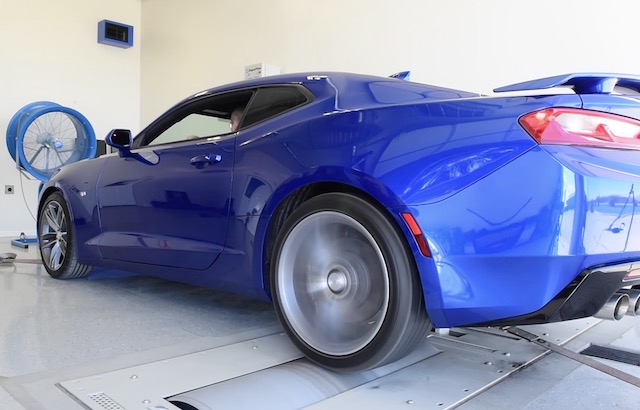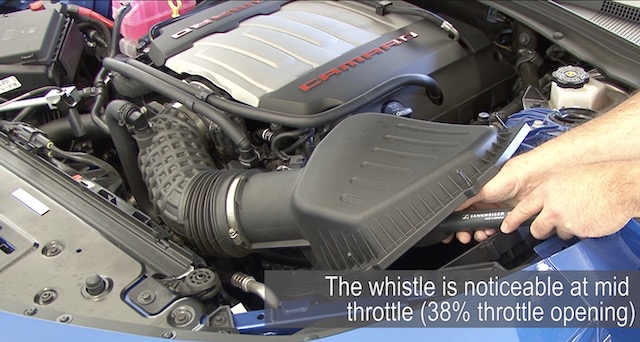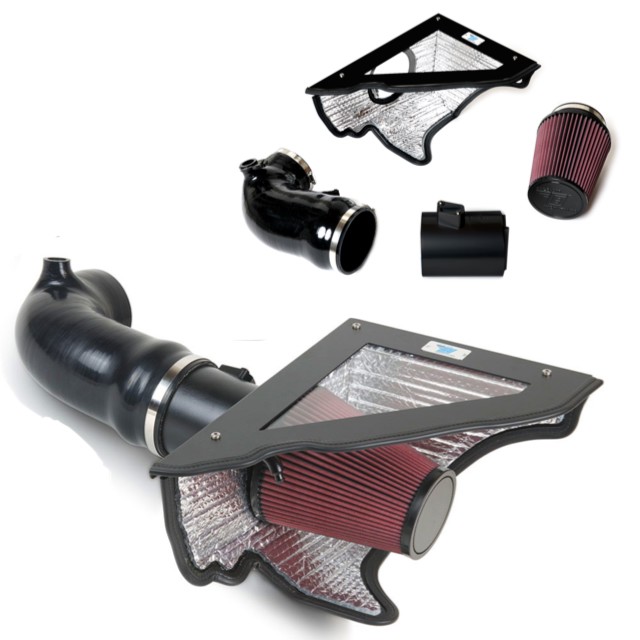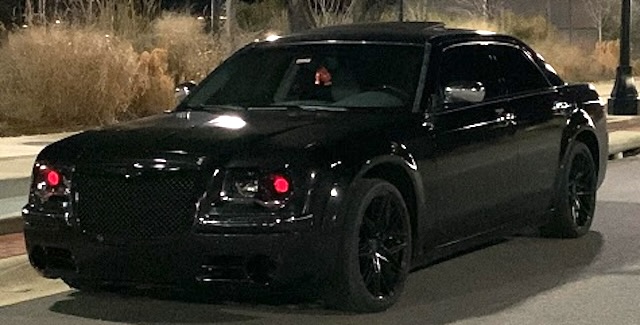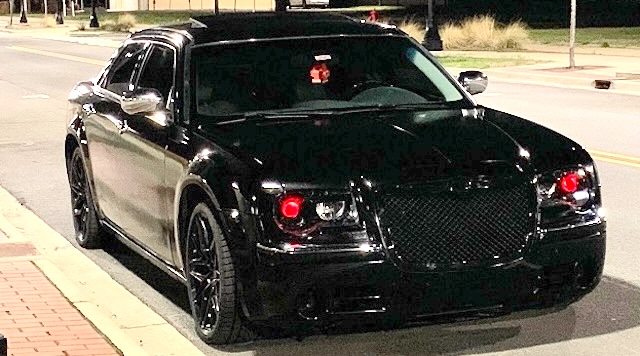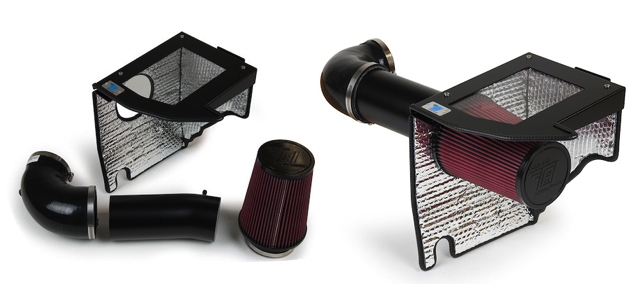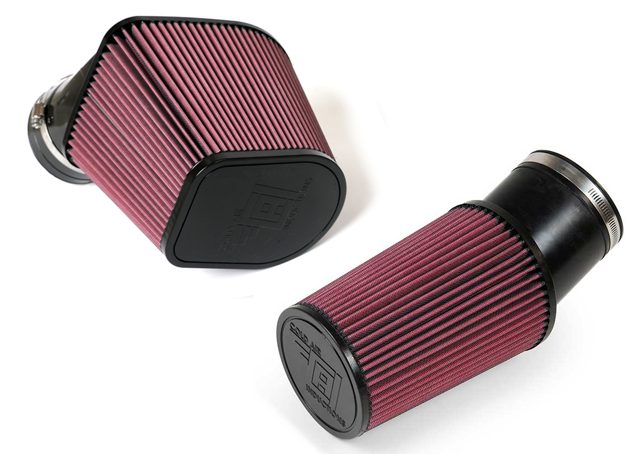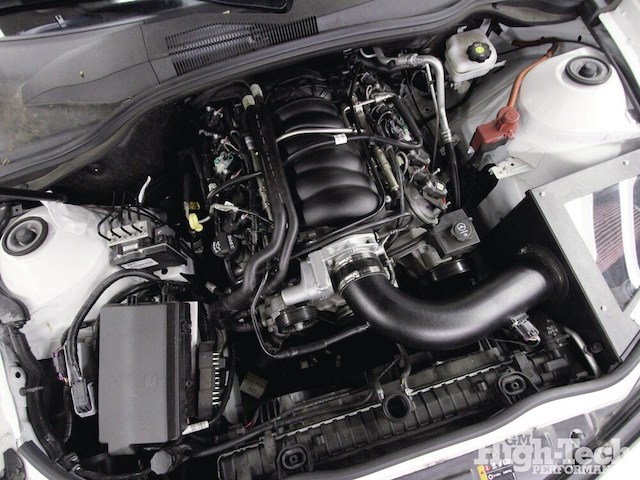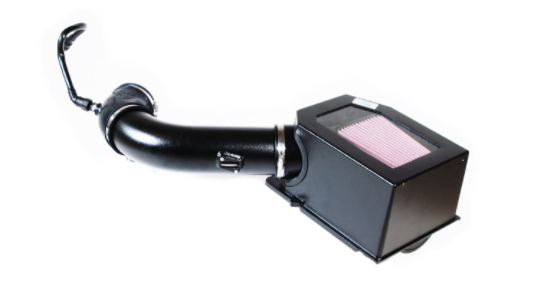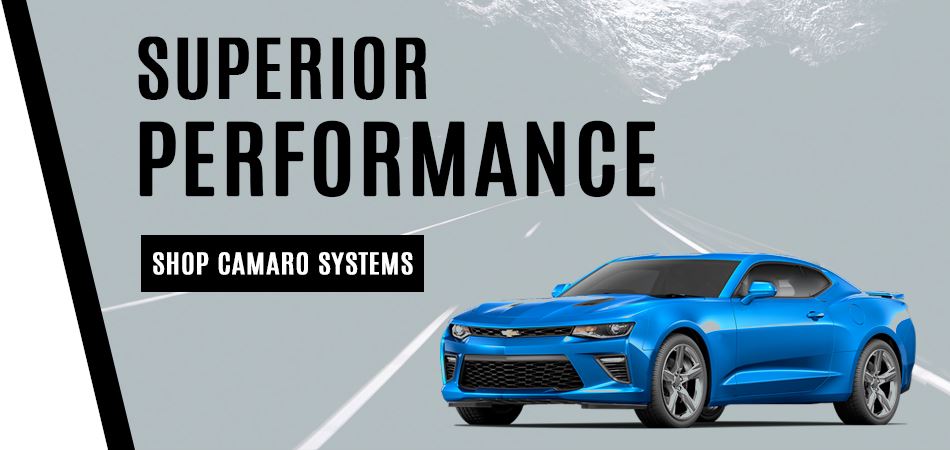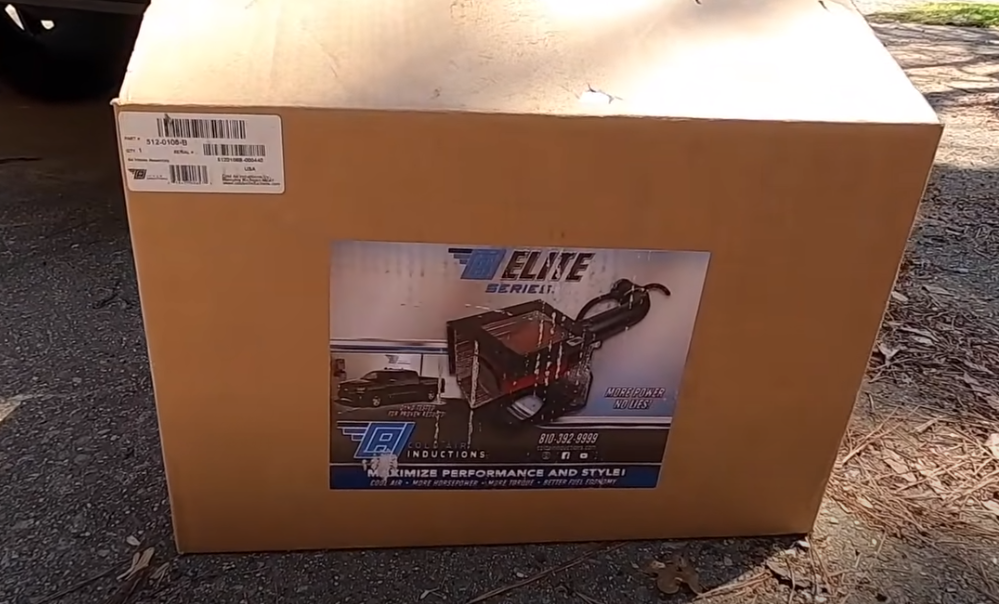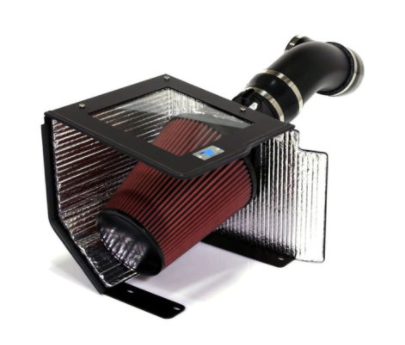Chevy Silverado Trail Boss Cold Air Intake Install
Looking to unleash the full potential of your Silverado 1500? Installing an intake from Cold Air Inductions is a step in the right direction.
Trail Boss Intake Install
We all know the Chevrolet Silverado is one of the most popular and dependable trucks on the road today. With its powerful engine, rugged design, and impressive towing capabilities, it’s garnered a loyal following from truck owners. Silverado enthusiasts are always on the lookout for ways to enhance their truck’s performance. That’s where a cold air intake from Cold Air Inductions comes into play. Check out the video below from Zach Attack Customs and see first-hand some of the gains that can be enjoyed by installing a CAI intake on your Silverado:
Performance Gains
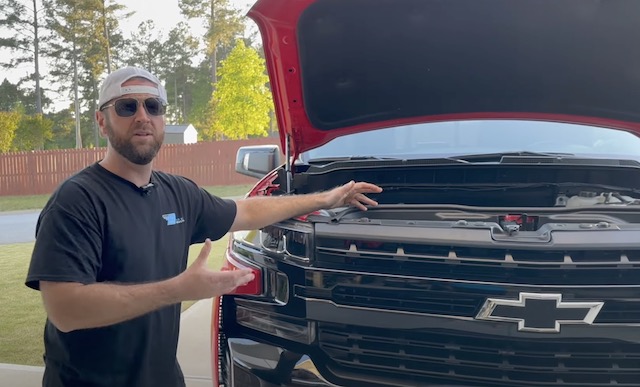
Silverado air intakes from CAI are specifically designed and engineered to improve performance. The main purpose of any cold air intake system is to increase the amount of cool, dense air flowing into the engine, resulting in more efficient combustion and greater power output. In fact, installing this cold air intake on your Silverado can result in an increase of up to 11 horsepower (measured at the wheels) and a marked increase in fuel economy.
“When I get on it, I feel it…the engine sounds louder and has a really nice growl to it now – so I’m pretty pleased with that.“
ZachAtak Customs
In addition to these gains, intakes from Cold Air Inductions provide a more aggressive throttle response. This means that your truck will accelerate faster and more smoothly, enhancing your overall driving experience. Installing a cold air intake can lead to a more exhilarating engine sound, giving your Silverado that unmistakable growl that many truck owners crave.
Easy Installation And Upkeep
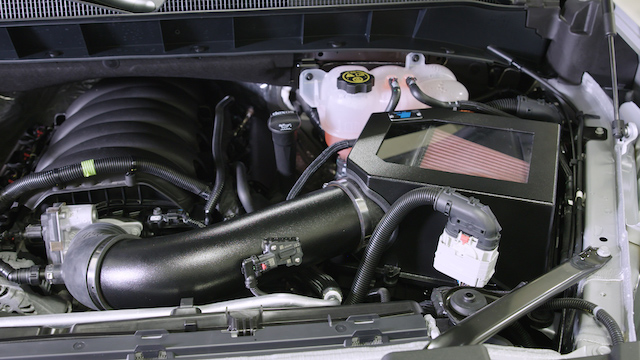
Installing a cold air intake from CAI is a relatively simple process that most Silverado owners can complete on their own in about an hour. Detailed instructions and all necessary hardware are always included. CAI intakes also require minimal maintenance – simply recharge your intake air filter every 4,000 miles with our air filter cleaning kit.
Cold Air Intakes From Cold Air Inductions
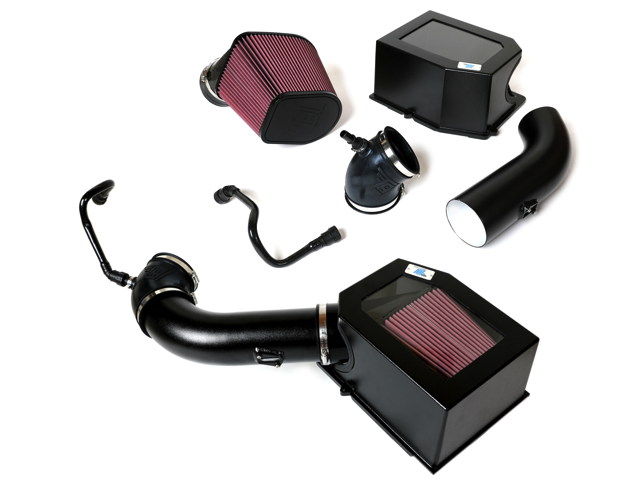
Why do truck guys need an upgraded intake? According to Trail Boss enthusiast Zach Attack Customs,
“As truck guys, we love lift kits, we love oversized tires, and (in my opinion) you need more power – whether that be an aftermarket exhaust or a cold air intake – to combat the loss and sluggishness you get with lift kits and bigger tires. I like to combat that with options like a CAI intake.“
ZachAtak Customs
Installing a cold air intake from Cold Air Inductions on your Silverado offers numerous benefits. It’s a simple and cost-effective modification that can make driving your truck more enjoyable. Check out ZachAtak Customs’s install and review and contact us today if you have any questions about ordering an intake for your Chevy.

